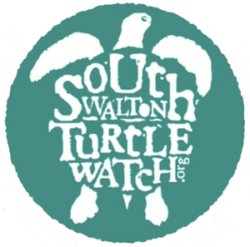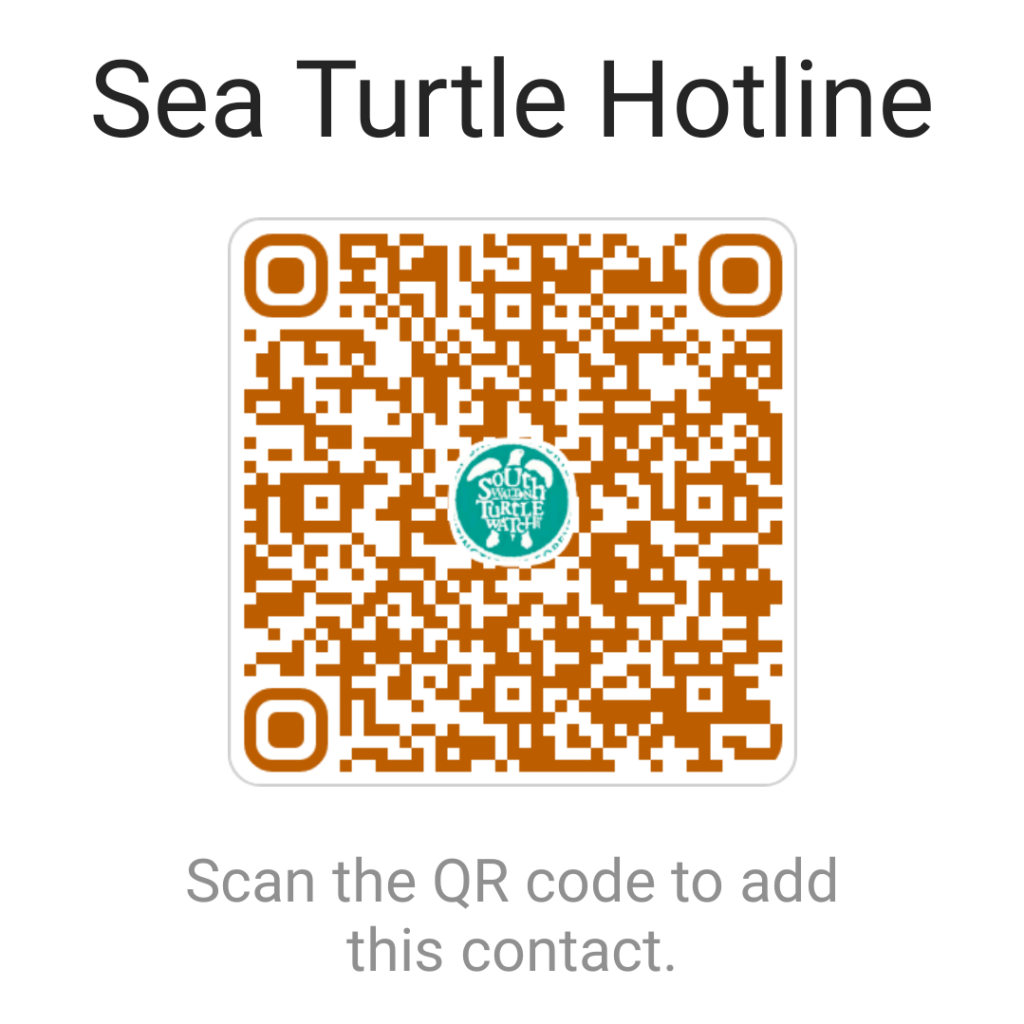Category: About
-
YOU CAN DO YOUR PART: Always use a red filter or red light emitting flashlight on our beaches!
-
Sea Turtle Info
Female Sea Turtles that were born on the white sandy beaches always come back to nest on white sandy beaches. The beaches are white because they are primarily made up of quartz with very little or no shell deposits in them. When you walk on this sand, it sings to you or squeaks. This is…
-
About Us
The South Walton Turtle Watch is a group of volunteers whose purpose is to locate endangered and threatened sea turtle nests and to protect them along the beaches of NW Florida during the crucial nesting and hatching season. By law, Only certified members are allowed to interact with endangered sea turtles. “We, as sea turtle…
-
How You Can Help!
Always use a red light emitting flashlight on the beach, these are available on the Internet and show a picture, I think I have sent you pictures of the ones I know about. Keep lights that can be seen from beach turned off Fill in your holes and smooth out your sandcastles for the night…

